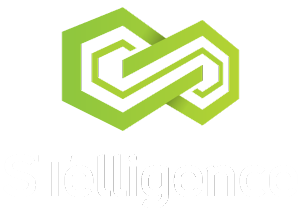Compare Tank Inventory
Business Challenges
Users are required to manually collect data from various sources, such as water levels, humidity, and information from sensors in storage tanks, and compile this data into central reports every 12 hours from 5 locations. This manual process is not only time-consuming but also prone to human error, increasing the risk of inaccuracies in reporting.




Business Challenges
Users are required to manually collect data from various sources, such as water levels, humidity, and information from sensors in storage tanks, and compile this data into central reports every 12 hours from 5 locations. This manual process is not only time-consuming but also prone to human error, increasing the risk of inaccuracies in reporting.
Solution
The implementation of RPA (Robotic Process Automation) bots automates the process of data collection from sensors, including the retrieval of relevant information such as oil levels, temperature, and density from systems like ATG, Open LIMS, and SAP. This data is then used to calculate the remaining quantity of oil in storage tanks. Furthermore, RPA bots automate the creation of reports and alerts by comparing the data from various systems to identify differences in oil types and quantities. This information is compiled into central reports within 15 minutes, utilizing RPA to automatically generate reports and send notifications from sensor data—for instance, issuing alerts when limits are exceeded or generating daily, weekly, or monthly reports for stakeholders.
Impact
- Time Efficiency: The process that previously took 12 hours to complete now takes only 15 minutes a day, resulting in a time reduction of over 90%.
- Accuracy and Error Reduction: The automation ensures 100% error detection, virtually eliminating the risk of manual tracking errors. This not only enhances the reliability of data but also supports better decision-making and resource management.

